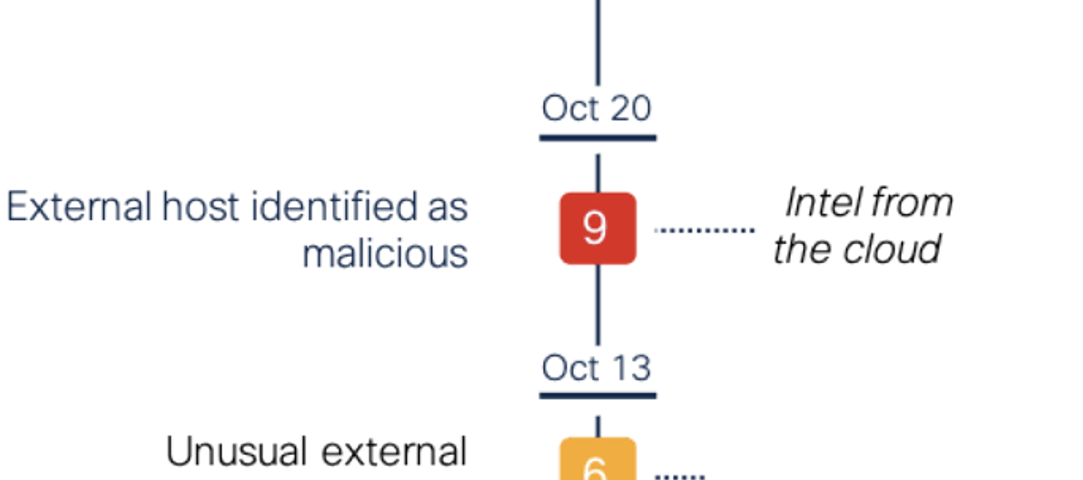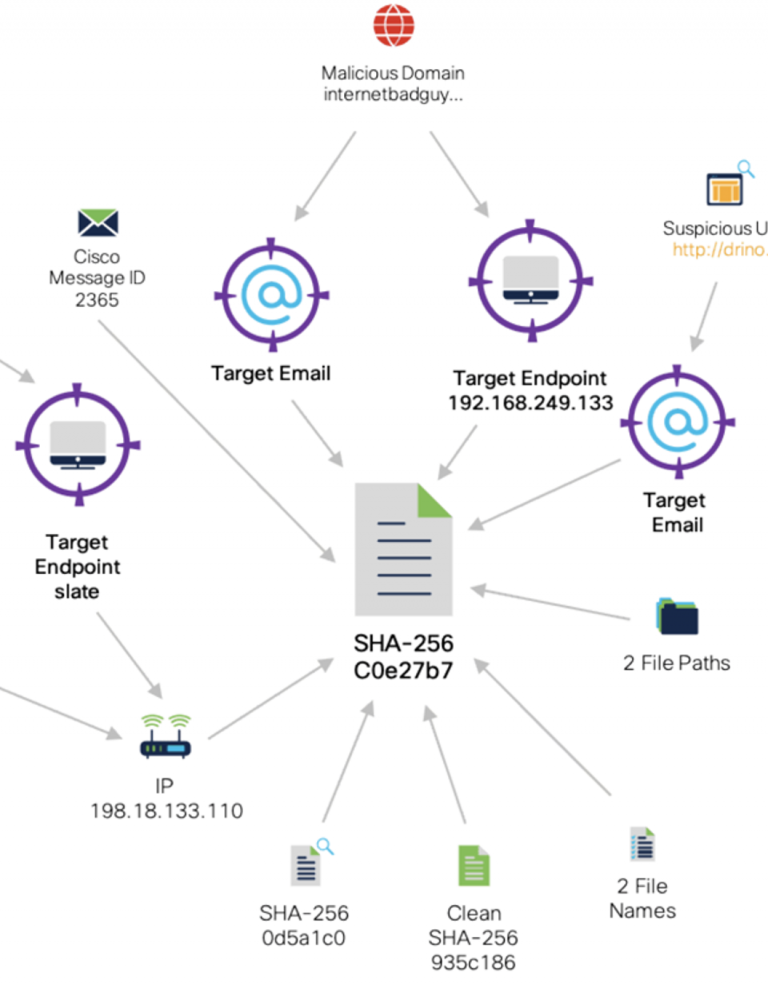
These Are the Manufacturing Customers Worth Remembering From an Unforgettable Year
December 16, 2020
Threat Advisory: SolarWinds supply chain attack
December 16, 2020EDR. NDR? XDR! … is it more than just marketing?

As is often true with new security concepts, vendors are quickly adopting the new terminology to showcase their products’ capabilities. This is where things get confusing and tricky. Some vendors are using XDR (Extended Detection & Response) as a marketing strategy for their existing EDR (Endpoint Detection & Response) or NDR (Network Detection & Response) products, others are launching new products or just rebranding existing products explicitly as “XDR”. Some vendors have built both EDR and NDR, others sell one and partner for the other — yet both approaches claim to be XDR. With the same term being used in multiple ways it can be hard for buyers to understand what XDR actually requires and the security outcomes that should be achieved by it.
So, we want to cut through the noise and provide some clarity on XDR:
- Understand the needs driving XDR adoption
- Explore Gartner’s definition of the category
- Learn how Cisco delivers XDR use cases with our solutions
- Discover ways to start your XDR journey
Get the details in our eBook
10 ways Cisco delivers XDR capabilities today
Here’s a sneak peek into 3 of the 10 use cases. Click on the images to see in greater detail.
Use Case #2: Reduced detection times
Detect even subtle or hidden attacks via insider, unknown, or encrypted threats:
Use Case #3: Enriched alerts
Enriched alerts with cross-product context that streamline operations due to the simplicity, visibility, and lowest false positive rates:
Use Case #4: Root Cause Analysis
Visualized root cause analysis from execution to access, lateral movement to exfiltration, and more:
View videos, demos, and other resources on
Cisco’s approach to XDR
at cisco.com/go/XDR




